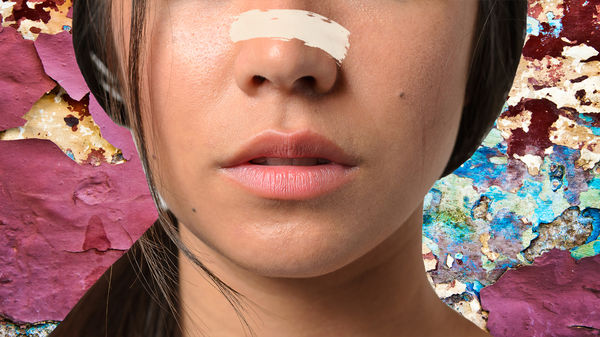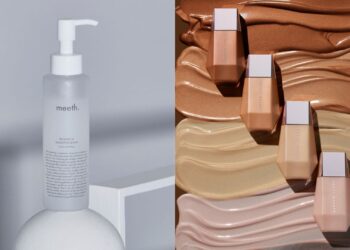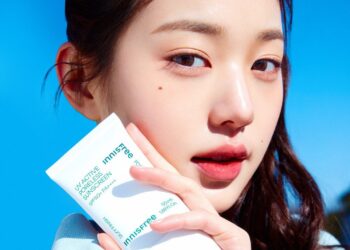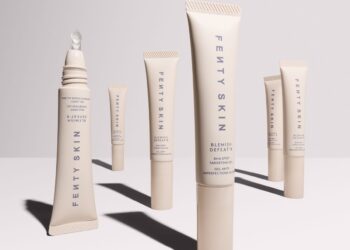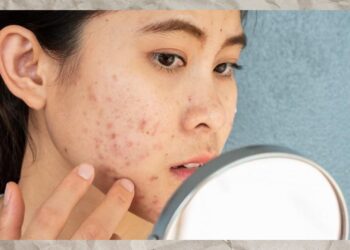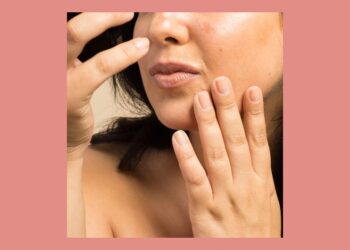We poke, and prod, and try to remove blackheads, but they always come back. However, have you ever slapped a strip on your nose in hopes of sucking out all the gunk clogging your pores, only to be thoroughly disappointed once you pull it off and realise that there’s barely anything on the strip? Yeah, you know EXACTLY what we’re talking about.
So let us introduce a novel concept — those gray or blackish speckles that dot your nose aren’t necessarily blackheads. It’s true. They could be clogged pores or sebaceous filaments, which, unlike blackheads, don’t consist of the same oh-so-squeezable gunk.
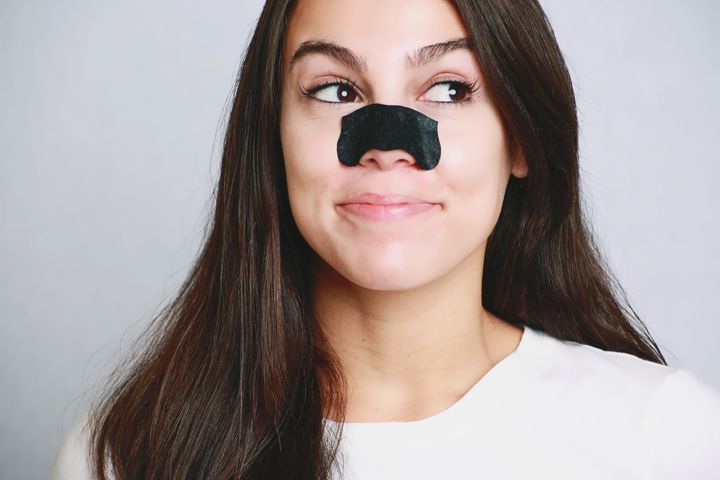
Blackheads
Blackheads form when the opening of a hair follicle becomes clogged or plugged with dead skin cells and oil. This material gets oxidised by the air and appears black, hence the name blackhead. To break it down, every single hair follicle on your body contains a hair and a sebaceous gland that produces sebum (AKA oil in derm-speak).
From an evolutionary standpoint, oils were meant to keep skin soft and hydrated before manmade moisturisers came along, but your body’s natural oils can become problematic if your oil production centre starts operating in overdrive.
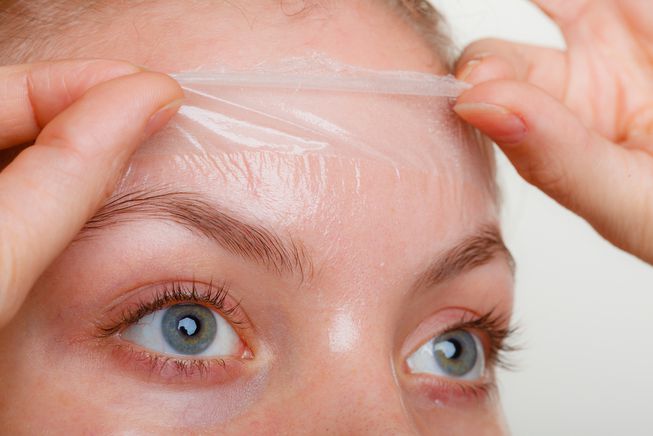
Clogged Pores
Meanwhile, sebaceous filaments or clogged pores are a normal part of skin function. Like blackheads, sebaceous filaments live in the actual pore, but when you squeeze them, you won’t see the same white “string cheese” that slinks out of a blackhead.
Though their presence on your nose will likely be a permanent source of irritation to you, squeezing definitely doesn’t help, so please leave them alone and avoid magnifying mirrors that tempt you to do so!
Here’s a quick rule of thumb: If the gunk pops out cleanly with the yank of a pore strip, it’s a blackhead. But if it doesn’t, it’s likely a sebaceous filament and don’t try to squeeze it out or you’ll risk damaging your skin.
[Source]

